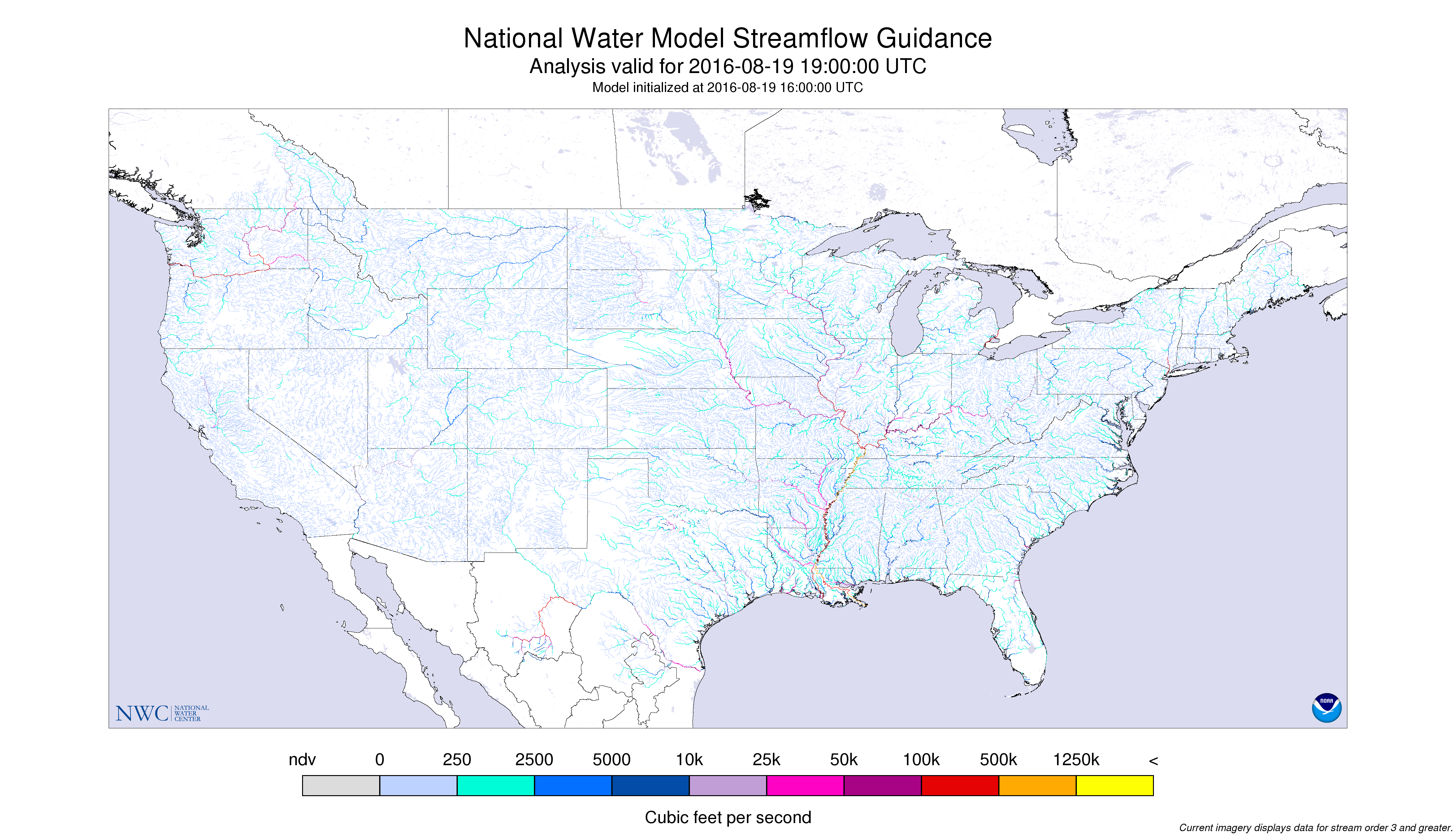In a new study published in Water Resources Research, authors ask why flood-risk assessments do not take into consideration the effects climate change and changing land use patterns have on flood behavior. According to the authors, dominant risk assessment techniques used to decide whether to build new flood protection infrastructure nearly always start with an assumption of “no trend” in flood behavior. This typical starting assumption, that flood behavior is not changing, causes water managers to undervalue flood protection benefits, opening the door to unnecessary future losses. When researchers assume no trend, statistical errors could cause them to overlook the risks of underpreparing for changing flood conditions.
Often, potential flood damage due to underpreparedness far exceeds the potential cost of overinvesting in flood protection infrastructure. Turning the process around — starting with an assumption that a change in flood conditions is occurring — would give critical attention to the risk of underestimating future floods, rather than only considering the risk of wasting money on unneeded infrastructure.
The authors propose a method of risk assessment starting with the null hypothesis of “no trend,” but that explicitly assesses the effect of statistical uncertainties that could cause misidentifications in real trends and the damages those trends might produce. Read more.




